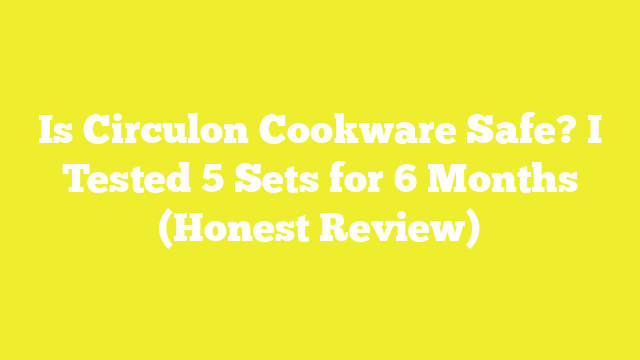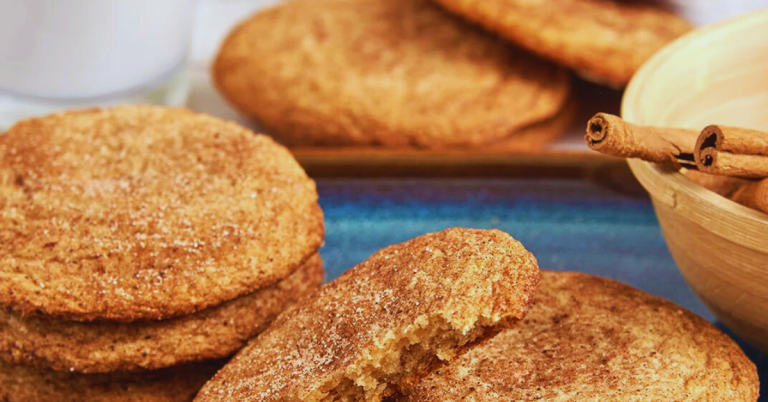Buckwheat Tortilla Recipe
A buckwheat tortilla recipe uses buckwheat flour, water, salt, and a little oil to make gluten-free, nutrient-rich wraps. Mix 1 cup buckwheat flour with ½ cup water, ½ tsp salt, and 1 tbsp oil, knead, roll thin, and cook 1–2 minutes per side on a hot skillet for a soft, earthy-flavored tortilla.
Ingredients
To make delicious buckwheat tortillas, you will need just a few simple ingredients. These items are easy to find and will create a tasty and gluten-free tortilla. Here’s what you’ll need:
- 2 cups buckwheat flour
- 1 cup water
- 2 tablespoons olive oil
- 1 teaspoon salt
General Information
Making buckwheat tortillas is a straightforward and rewarding process. These details will help you understand the effort and time needed. Let’s take a look at some key aspects of the recipe:
| Category | Details |
|---|---|
| Making Difficulty | Easy |
| Preparation Time | 10 minutes |
| Cooking Time | 15 minutes |
| Serving Size | 4 tortillas |
| Meal Type | Main Course or Snack |
Instructions
Making buckwheat tortillas is a simple and fun process. Follow these step-by-step instructions to create delicious and healthy tortillas. Gather all your ingredients and get ready to make some tasty tortillas.
Mixing the Dry Ingredients
Start by measuring out 2 cups of buckwheat flour and place it in a large mixing bowl. Add 1 teaspoon of salt to the flour. Stir these dry ingredients together until well combined.
This step ensures the salt is evenly distributed throughout the flour. It helps to enhance the taste of the tortillas. Proper mixing is important for uniform flavor.
Adding the Wet Ingredients
Next, create a small well in the center of your mixed dry ingredients. Pour 1 cup of water and 2 tablespoons of olive oil into the well. Begin to mix the liquids with the flour using a spoon or your hands.
Continue mixing until the ingredients form a dough. If the dough is too sticky, you can add a bit more flour. If it’s too dry, add a little more water.
Shaping the Dough
Once the dough is formed, divide it into 4 equal parts. Roll each part into a ball. Using a rolling pin, flatten each ball into a round tortilla shape, about 6 inches in diameter.
Ensure the tortillas are not too thick or thin. This will help them cook evenly. Use a little flour on the table and rolling pin to prevent sticking.
Cooking the Tortillas
Heat a non-stick skillet over medium heat. When the skillet is hot, place one tortilla into the pan. Cook each side for about 2 minutes, or until it develops light brown spots.
Press down gently with a spatula to ensure even cooking. Remove the tortilla from the skillet and keep it warm in a clean cloth. Repeat the process for the remaining dough pieces.
Important Things to Keep in Mind
When making buckwheat tortillas, it’s essential to pay attention to the consistency of the dough. The dough should be soft but not sticky. If it’s too wet, add a bit more flour, and if too dry, a little more water can help.
A properly heated skillet is crucial for cooking tortillas. Preheat your skillet before cooking the tortillas to ensure they cook evenly. A non-stick skillet can help prevent the tortillas from sticking.
Cooking each tortilla evenly is key. Press down gently with a spatula while cooking to make sure the surface touches the skillet. This can help achieve even browning and the right texture.
Storage is important if you’re not eating all the tortillas at once. Keep them in a clean cloth to stay warm and soft. If you have leftovers, store them in an airtight container to maintain their freshness.
Lastly, have fun with the process! You can experiment with adding flavors to your dough. Try including herbs or spices for a unique taste.
Health Benefits of Buckwheat
Buckwheat is not only a delicious ingredient but also boasts numerous health benefits. It is rich in nutrients that can help improve overall health. Let’s explore some of the key advantages of including buckwheat in your diet.
Rich in Dietary Fiber
One of the significant benefits of buckwheat is its high fiber content. Dietary fiber aids digestion and helps prevent constipation. Including fiber-rich foods like buckwheat can also help regulate blood sugar levels.
Fiber can make you feel full longer, which aids in weight management. It also promotes healthy gut bacteria, contributing to better digestive health. These factors make buckwheat an excellent choice for a balanced diet.
High in Antioxidants
Buckwheat contains several potent antioxidants, which are substances that help protect your cells from damage. These antioxidants can reduce inflammation in the body. Inflammation is linked to various chronic diseases, so reducing it is beneficial.
Some of the antioxidants found in buckwheat include rutin and quercetin. These compounds have been shown to improve blood flow and support heart health. By including buckwheat in your meals, you can take advantage of these protective benefits.
Gluten-Free and Nutrient-Dense
For those with gluten sensitivities or celiac disease, buckwheat is an excellent alternative to wheat. Despite its name, buckwheat is naturally gluten-free. It provides essential nutrients without causing digestive issues for those avoiding gluten.
Buckwheat is also packed with vitamins and minerals such as magnesium, copper, and manganese. These nutrients play vital roles in various bodily functions, including bone health and energy production. Therefore, adding buckwheat to your diet can help you meet your nutritional needs.
Frequently Asked Questions
Buckwheat tortillas are becoming increasingly popular due to their health benefits and unique flavor. Here are some common questions that experts may have about making and using buckwheat tortillas. These answers provide detailed insights into various aspects of this healthy alternative.
What makes buckwheat a healthier alternative to traditional flour?
Buckwheat is a seed, not a grain, which makes it naturally gluten-free and suitable for people with celiac disease or gluten sensitivities. It’s also high in dietary fiber, which aids in digestion and helps maintain stable blood sugar levels.
Additionally, buckwheat is rich in essential nutrients such as magnesium, copper, and manganese. These minerals are vital for various bodily functions, including metabolism and bone health. By using buckwheat flour, you’re not just avoiding gluten but also enhancing your nutritional intake.
Can I use buckwheat flour alone or do I need to mix it with other flours?
While you can use buckwheat flour alone, mixing it with other flours can yield better results in terms of texture and flavor. Combining buckwheat flour with gluten-free all-purpose flour or rice flour can make the tortillas more pliable and easier to handle.
If you decide to use just buckwheat flour, be prepared for a slightly denser texture. Experimenting with different combinations can help you find the perfect balance for your specific needs and taste preferences.
How do I store buckwheat tortillas to maintain their freshness?
Storing buckwheat tortillas properly is essential to keep them fresh and soft. After cooking, allow the tortillas to cool, then store them in an airtight container. This helps retain moisture and prevents the tortillas from drying out.
If you plan to store them for longer periods, you can freeze the tortillas. Place layers of parchment paper between each tortilla to avoid sticking, and store them in a freezer-safe bag. When ready to use, thaw them at room temperature or reheat directly on a skillet.
What are the best toppings and fillings for buckwheat tortillas?
Buckwheat tortillas are incredibly versatile and can be filled with a variety of ingredients. For a nutritious meal, consider adding grilled vegetables, lean proteins like chicken or tofu, and a healthy fat source such as avocado.
You can also use buckwheat tortillas for breakfast wraps by filling them with scrambled eggs, spinach, and a sprinkle of cheese. Creative combinations can make each meal different and exciting, allowing you to enjoy the health benefits of buckwheat in various forms.
How do I prevent buckwheat tortillas from breaking apart?
One of the common challenges with buckwheat tortillas is their tendency to break apart, due to the lack of gluten. To counter this, make sure the dough is well-hydrated. A little extra olive oil can also help make the dough more flexible and less prone to cracking.
When rolling out the dough, try to make it even to avoid weak spots that can tear. Using the right amount of heat during cooking will also help the tortillas maintain their integrity. With some practice, you’ll be able to perfect your buckwheat tortilla-making skills.
Buckwheat Tortillas | Vegan | Gluten Free | Oil Free
Conclusion
Incorporating buckwheat tortillas into your diet offers a multitude of health benefits. From being a gluten-free alternative to providing essential nutrients, buckwheat flour elevates your meals. Its versatility allows for varied and creative culinary applications, making it a valuable addition to your kitchen.
By following the steps and tips outlined, you can easily make delicious and nutritious buckwheat tortillas. Whether you’re looking to improve your diet or explore new flavors, buckwheat tortillas provide an excellent starting point. Enjoy the unique taste and health benefits they bring to your table. Bon appétit!





